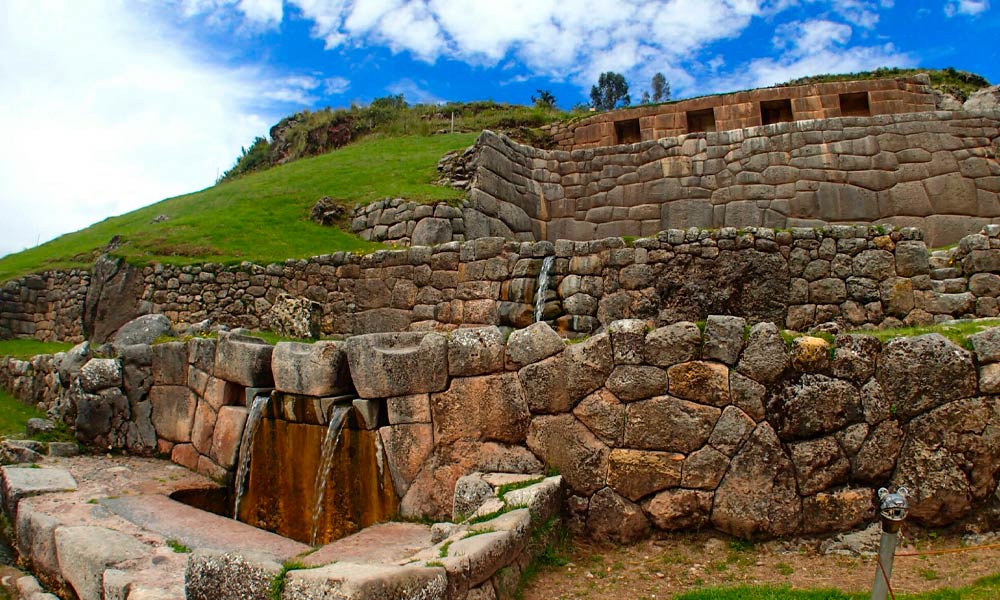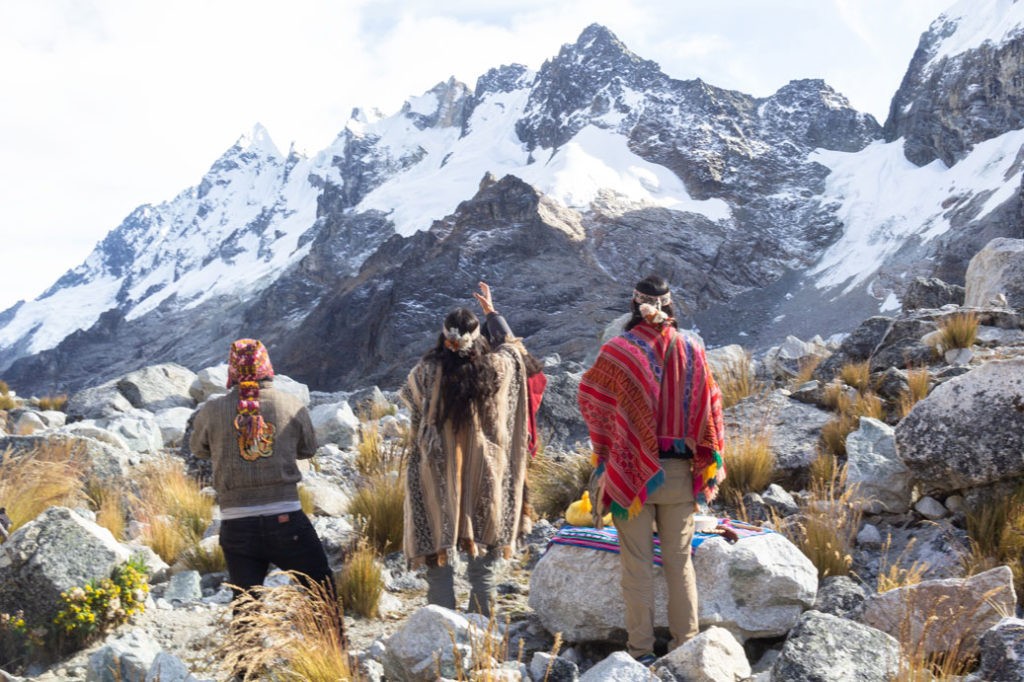Embarking on the Inca Trail is a dream for many adventurers. However, it’s crucial to understand the permits and regulations for Inca Trail this iconic trek’s preservation. In this guide, we delve into the intricate world of Inca Trail permits, helping you make your journey to Machu Picchu a reality while preserving its beauty for generations to come. To strike this balance, permits and regulations play a pivotal role. Let’s delve into the essential details:
The Permits: The Peruvian government, in its efforts to preserve the Inca Trail and ensure a positive experience for trekkers, imposes limits on the number of people allowed on the trail each day. This means obtaining a permit is an absolute necessity for anyone wishing to hike this iconic route. There are different types of permits based on the route you choose (the Classic 4-Day Inca Trail or one of the shorter options). The number of permits issued daily is limited, so planning well in advance is vital to secure your spot, especially if you intend to hike during the busy dry season.
Booking in Advance: Inca Trail permits can only be obtained through authorized tour operators. It’s advisable to reserve your trek at least six months in advance, especially for the peak season. Popular months like May to August can see permits running out quickly, so early planning is key.
Limited Numbers: The Peruvian authorities limit the number of permits issued each day to preserve the environment and the overall quality of the trek. In total, about 500 permits are issued daily, and this includes permits for trekkers, guides, and porters. Of these, only about 200 are designated for trekkers. These numbers have been set to ensure the sustainability of the trail while providing an intimate experience for hikers.
Personal Information: When applying for a permit, you will be required to provide detailed personal information. This includes your full name, passport number, nationality, date of birth, and, in the case of student discounts, a valid ISIC card. Accurate information is crucial as discrepancies can lead to permit issues on the day of the trek.
Inca Trail Regulations: Besides acquiring the permit, it’s essential to adhere to the rules and regulations set by the National Institute of Culture of Peru. These include respecting the environment, following the established trail, and refraining from littering or damaging the historical sites along the route. Campfires are strictly prohibited, as are certain items such as drones.
Understanding the permit system and adhering to regulations is not just about ensuring a safe and organized trek; it’s also about preserving this incredible trail for future generations. Inca Trail permits grant you access to one of the most awe-inspiring historical and natural wonders, making it an experience you’ll cherish forever.
Understanding the Significance of Permits
This permit system serves as a safeguard against overuse and environmental degradation. Its primary objectives are to conserve the delicate ecosystems, protect the historical and cultural significance of the inca trail, and provide an enjoyable experience for trekkers while maintaining the harmony between humans and nature.
The Inca Trail, which is essentially a network of ancient stone-paved paths, winds through some of the most breathtaking natural landscapes in the world. It takes you on a journey through cloud forests, high-altitude mountain terrain, and offers glimpses of diverse flora and fauna. But, its appeal extends beyond the purely physical aspects.
The trail is essentially a time machine that whisks you back to the heyday of the Inca Empire. Along the path, you’ll encounter the remnants of Inca settlements, temples, and fortresses. The most famous of these is the enigmatic Machu Picchu, the “Lost City of the Incas,” perched spectacularly atop a mountain. The journey offers an immersive history lesson as you traverse the same routes the Incas did centuries ago.
To maintain the magic and wonder of this experience, the permit system ensures that the trail doesn’t become overcrowded. Limited daily trekkers translate to fewer environmental footprints, less trail erosion, and a more peaceful atmosphere for the ones lucky enough to secure permits.
The regulations don’t just pertain to the number of trekkers but also extend to the treatment of the trail, the surrounding environment, and the cultural relics. Trekkers are expected to respect the natural surroundings, not leave any trash behind, and be considerate of the historical significance of the trail.
Peru’s commitment to preserving the Inca Trail is evident in the ongoing efforts to maintain its infrastructure, protect its ecology, and educate both visitors and tour operators about the importance of conservation. This allows future generations to experience the Inca Trail’s wonders and continue unraveling the mysteries of the Inca civilization.
In obtaining a permit and following the established regulations, trekkers play an active role in safeguarding this invaluable heritage, ensuring that the Inca Trail remains open and enchanting for generations to come.
Types of Permits and Their Restrictions
There are three types of permits: for hikers, for porters, and for guides. The permit for hikers is the most sought-after. To secure it, it’s essential to book with an authorized tour operator as individual permits are not available. This rule encourages responsible trekking.
The Peruvian government also restricts the number of daily permits, limiting the Inca Trail’s environmental impact. Only 500 permits are issued per day, and this includes hikers, guides, and porters. As a result, it’s advisable to book your Inca Trail trek several months in advance, especially for the high-demand season.
Planning Your Trek: When to Go and Which Route to Choose
Choosing the right time for your Inca Trail adventure is essential. The trek is open all year, but the high season, from May to October, offers the best weather. During this time, securing permits can be competitive, so book early.
Besides picking the right season, deciding on the right Inca Trail route is crucial. The Classic Inca Trail is the most famous, but there are alternative treks like the Salkantay and Lares routes. Different routes may have different permit availability and regulations, so it’s vital to understand the specific rules for your chosen path.
Booking Your Permits: Do’s and Don’ts
Booking your Inca Trail permits is typically handled by tour operators. While it may be tempting to try and secure individual permits, it’s not possible due to the tour operator requirement. Here are some do’s and don’ts for the booking process:
Do book with a reputable tour operator: Choose a well-established tour company with a proven track record.
Do book early: Permits sell out quickly, so make reservations at least six months in advance, especially for the high season.
Don’t attempt to hike without a permit: Hiking the Inca Trail without a permit is illegal and could lead to fines and expulsion from the trail.
Permits, Prices, and Inclusions
Inca Trail permits come with different price points, largely based on the level of service and the operator. On average, the cost of a four-day Inca Trail trek can range from $500 to $1,000 or more, depending on the inclusions such as meals, porters, equipment, and the quality of service.
Understanding what your permit includes and what additional costs you may incur, such as tips for guides and porters, is vital for planning your budget.
Complying with Regulations on the Trail
To protect the environment and the trail’s integrity, there are several regulations to follow while hiking the Inca Trail:
No littering: Littering on the trail is strictly prohibited. Everything you carry in, you must carry out.
Campsite rules: Follow the rules and guidelines at campsites, including where to dispose of waste.
Stay on designated paths: Straying off marked paths can damage the environment and is not allowed.
No smoking: Smoking is not permitted on the trail.
Respect wildlife: Do not disturb or feed wildlife during your hike.
Your Responsibility: Sustainable Trekking
Responsible travel on the Inca Trail extends beyond securing permits and abiding by regulations. It involves embracing the core principles of ecotourism and sustainability to ensure that your journey has a minimal impact on the environment and local communities.
Leave No Trace principles are especially relevant on the Inca Trail. This ethos emphasizes the importance of leaving the trail exactly as you found it. This means packing out all trash, refraining from picking plants or disturbing wildlife, and minimizing your impact on the trail’s delicate ecosystems. The Inca Trail is home to a rich array of flora and fauna, many of which are unique to the region, and preserving this biodiversity is of paramount importance.
Choosing ethical tour operators is another critical aspect of responsible travel. Look for operators who prioritize sustainable practices, treat their porters and staff fairly, and engage in eco-friendly initiatives. These operators often support local communities and engage in conservation efforts, contributing positively to the region’s overall well-being.
Understanding and respecting the cultural and historical significance of the trail is also vital. Many segments of the Inca Trail are lined with ancient stones, and often, it’s impossible to distinguish the original path from the restoration work carried out to maintain its integrity. Trekkers should resist the urge to pick up a rock or chip away at stones, as every piece tells a part of the trail’s story. In the same spirit, maintaining a respectful demeanor around local communities you might encounter on the trail is essential. The Quechua people, descendants of the Incas, have inhabited these lands for centuries, and their traditions and way of life should be honored.
Furthermore, waste management is crucial. As the trail is a pristine environment, there aren’t waste disposal facilities along the way. Trekkers must carry out everything they carry in. This applies to all forms of waste, from food wrappers to organic waste. Responsible trekkers should also be mindful of water usage, conserving this precious resource whenever possible.
By embracing responsible and sustainable travel practices on the Inca Trail, trekkers can ensure that this extraordinary route to Machu Picchu remains a destination of cultural and environmental significance for years to come. Their actions today can have a lasting impact on the preservation of this historical wonder and the protection of its natural surroundings.
Navigating the Inca Trail Permits System
The permit system for the Inca Trail is essential for managing the impact of visitors on this historical wonder. Understanding the types of permits, the associated regulations, and the booking process is the first step toward ensuring that your trek is not only memorable but also environmentally and culturally responsible.
There are essentially two types of permits: the classic Inca Trail permit and the alternative treks permit. The classic Inca Trail permit grants access to the iconic four-day trail, which is the most sought-after route and requires advanced booking due to its popularity. On the other hand, the alternative treks permit is for less crowded routes like the Salkantay, Lares, and Inca Quarry treks.
To obtain a permit for the classic Inca Trail, you need to book through a registered tour operator. The Peruvian government strictly controls the number of trekkers, guides, and porters who can be on the trail each day, so booking well in advance is crucial. Usually, permits for this trail are released in late October or early November for the following year, and they tend to sell out quickly, especially during the high season from May to September.
Apart from the permit for the trail itself, you will also need permits for the accompanying porters, guides, and cooks. This regulation ensures that the welfare of the porters and staff is protected, a crucial component of responsible trekking.
The regulations and rules regarding Inca Trail permits are in place to preserve both the environment and the archaeological sites along the trail. For instance, the number of daily trekkers is limited, ensuring that the trail does not get overcrowded, which could lead to erosion and damage to the fragile ecosystems. This allows trekkers to fully immerse themselves in the stunning natural beauty and historical significance of the trail without feeling rushed or crowded.
Securing a permit for the Inca Trail may appear challenging due to its limited availability, but this system is precisely what safeguards the trail’s integrity. By obtaining the necessary permits and understanding and adhering to the regulations, trekkers can contribute to the ongoing preservation of this UNESCO World Heritage site while enjoying an unforgettable adventure through the breathtaking landscapes that the Incas once traversed. It’s a journey that transcends time and leaves an indelible mark on all who undertake it.









